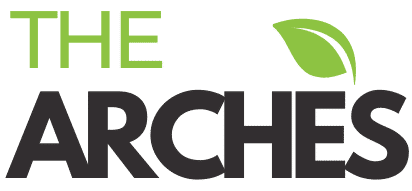Understanding Paid Digital Marketing: A Comprehensive Guide to PPC and Beyond

Table of Contents
In today’s digital landscape, businesses are continually seeking effective ways to enhance their online presence and drive conversions.
One of the most prominent methods is paid digital marketing, which encompasses various strategies, including Pay-Per-Click (PPC) advertising.
This comprehensive guide will explore the fundamentals of paid digital marketing, its key components, and best practices to help businesses navigate this dynamic environment.
What is Paid Digital Marketing?
Paid digital marketing refers to any online advertising model where businesses pay for their ads to be displayed on various platforms.
This approach is designed to reach specific target audiences more efficiently than organic marketing efforts. The most common forms of paid digital marketing include PPC, display ads, social media advertising, and affiliate marketing.
The Power of PPC
PPC advertising is a cornerstone of paid digital marketing. In a PPC model, advertisers bid on keywords relevant to their target audience.
When users search for those keywords, the ads appear prominently on search engine results pages (SERPs). Advertisers only pay when a user clicks on their ad, making it a cost-effective way to generate traffic.
Key benefits of PPC include:
- Immediate Results: Unlike organic methods, which can take time to build momentum, PPC campaigns can start generating traffic as soon as they are launched.
- Targeted Reach: Advertisers can use demographic, geographic, and interest-based targeting to ensure their ads reach the right audience.
- Measurable ROI: With various analytics tools available, businesses can track the performance of their campaigns in real-time, allowing for data-driven decisions.
Components of Paid Digital Marketing
To effectively leverage paid digital marketing, businesses should consider several key components:
- Keyword Research: This is the foundation of any PPC campaign. Using tools like Google Keyword Planner, businesses can identify high-traffic keywords relevant to their products or services. Focusing on both high-volume and long-tail keywords can help attract more qualified leads.
- Ad Creation: Crafting compelling ad copy and visuals is essential. Effective ads should be attention-grabbing, clearly communicate the value proposition, and include a strong call to action. A/B testing different ad variations can help determine which resonates best with the audience.
- Landing Pages: The destination where users land after clicking an ad plays a critical role in conversion rates. Ensure landing pages are optimized for speed, mobile responsiveness, and clarity. They should also align with the ad’s messaging to provide a seamless user experience.
- Budget Management: Setting a budget is crucial in paid digital marketing. Businesses must determine how much they are willing to spend daily or monthly on their campaigns. Monitoring spending and adjusting bids based on performance can optimize ROI.
- Analytics and Optimization: Continuous monitoring of campaign performance is vital. Key performance indicators (KPIs) such as click-through rates (CTR), conversion rates, and cost per click (CPC) provide insights into how well the campaigns are performing. Regular optimization based on this data ensures that campaigns remain effective.
Best Practices for Success
To maximize the effectiveness of paid digital marketing, consider the following best practices:
- Focus on Quality Score: In PPC advertising, platforms like Google Ads assign a Quality Score based on the relevance of your ads, keywords, and landing pages. A higher Quality Score can lead to lower costs and better ad placements.
- Utilize Retargeting: Retargeting ads can re-engage users who have previously interacted with your website but didn’t convert. This strategy can significantly boost ROI by reminding potential customers of your offerings.
- Stay Updated: The digital marketing landscape is constantly evolving. Keeping abreast of new trends, tools, and technologies will help you stay competitive.
- Integrate with Other Channels: Combine paid digital marketing with organic efforts, such as SEO and social media, to create a cohesive marketing strategy. This integration can amplify your reach and effectiveness.
Conclusion
Understanding paid digital marketing is essential for businesses looking to thrive in the online marketplace. By mastering PPC and its components, along with implementing best practices, companies can effectively drive traffic, increase conversions, and ultimately enhance their return on investment.
Embracing the power of paid digital marketing will allow businesses to adapt and grow in an ever-changing digital landscape.






